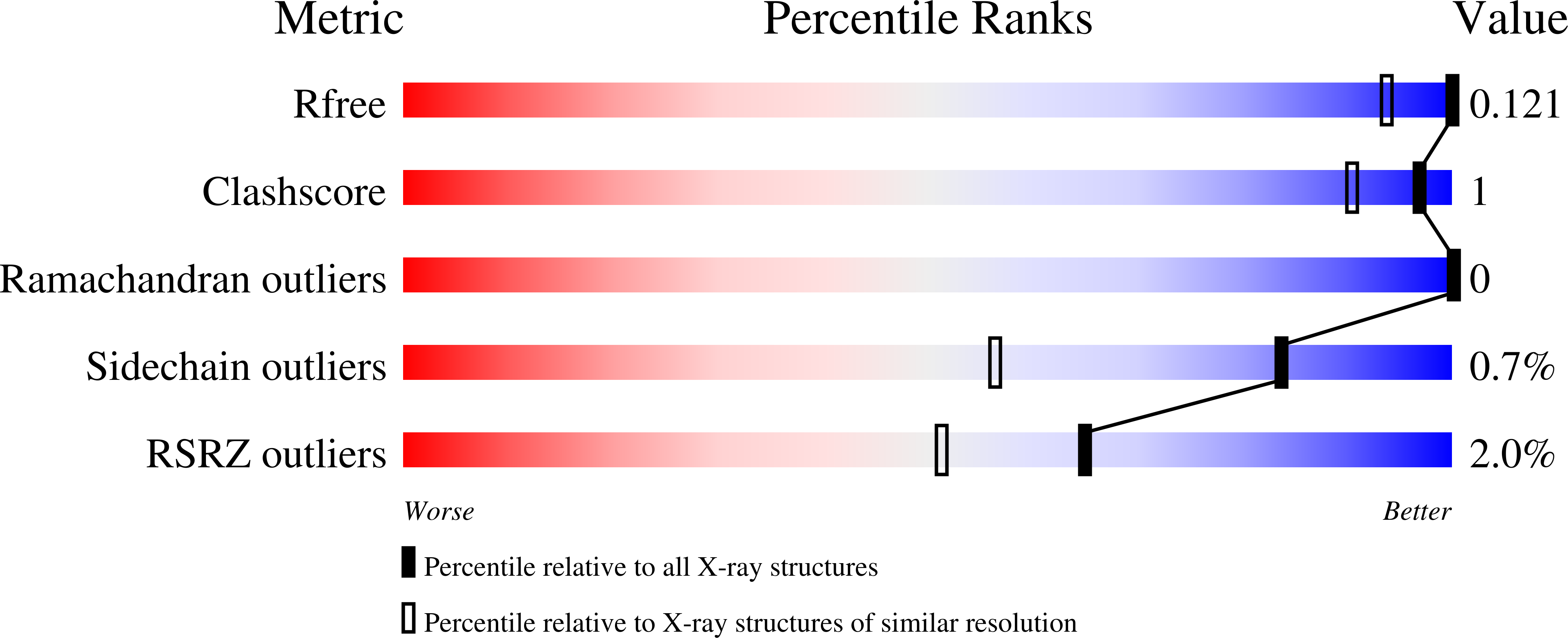
Deposition Date
2016-12-01
Release Date
2017-12-06
Last Version Date
2024-11-13
Entry Detail
PDB ID:
5U3A
Keywords:
Title:
Ultra High Resolution Crystal Structure of Human Pancreatic Alpha Amylase
Biological Source:
Source Organism:
Homo sapiens (Taxon ID: 9606)
Host Organism:
Method Details:
Experimental Method:
Resolution:
0.95 Å
R-Value Free:
0.12
R-Value Work:
0.10
R-Value Observed:
0.11
Space Group:
P 21 21 21


